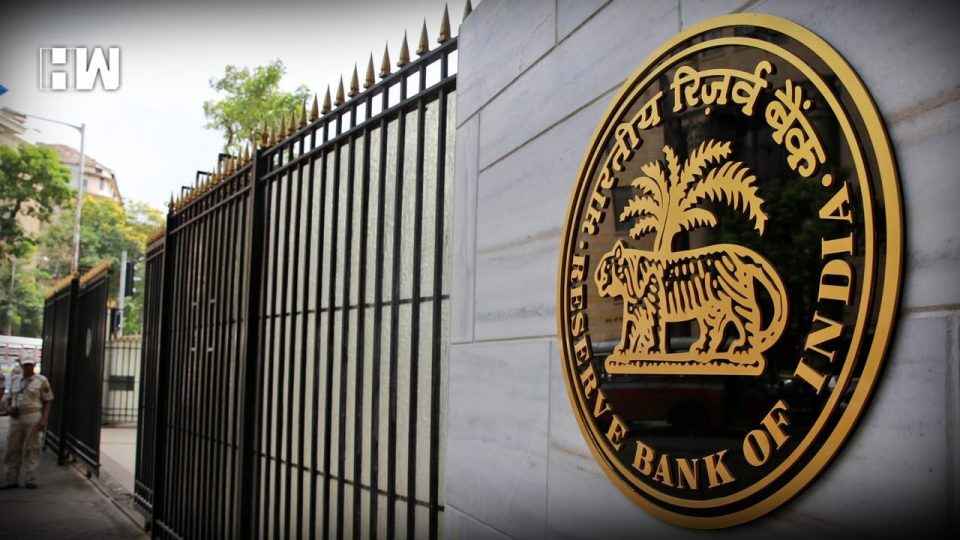And then when these smaller kitties started getting empty it eyed the biggest one of them all viz. the RBI reserves of over Rs.9.60 lac crores
Mumbai: The government today faces an empty treasury. With a considerable slowdown in the economy, tax collections are far short of their budgeted targets and the combined shortfall in GST and income tax, collections this year is expected to be in excess of Rs.2.50 lac crores. With a delay in the sale of BPCL and others, disinvestment receipts target too are falling short by about Rs.85000 crores and to top it all, the government has sacrificed tax collections of Rs.1.45 lac crores, by sharply pruning corporate tax rates. This has occurred at a time when the desperate government needs to spend copiously, in order to kickstart a stalled economy. Apart from surreptitiously raising funds of the budget, by borrowing through PSUs like FCI and the Railways, the government has also been dipping its hands in every possible pocket in order to raise funds, to meet its rising deficit. Last year it raised Rs.37000 crores by forcing ONGC to buy its stake in HPCL and yet another Rs. 14500 crores, by ordering PFC to buy REC from it. In a similar move, it sold the DCI to a consortium of government-owned funds for Rs.1000 crores. The government also emptied the coffers of the LIC by asking it to buy the bankrupt IDBI bank, for a price tag of over Rs.50000 crores.
And then when these smaller kitties started getting empty it eyed the biggest one of them all viz. the RBI reserves of over Rs.9.60 lac crores. In a disastrous move, that thankfully never took off, the former Finance Secretary, now retired, Shri S C Garg, was eyeing a large part of these reserves, though truly not distributable, as a one time receipt to the government from the RBI. The government nevertheless managed to raid the RBI’s coffers and took away Rs.1.76 lac crores, claiming that it represented excess unwanted capital. This one-time booty was in addition to the rising annual dividend that the government takes from the RBI, as a matter of its right. The government now also demands an interim dividend from the RBI and the news report is that it has requested the RBI to pay an interim dividend of Rs.10000 crores, now for the third consecutive year. While legally, it is up to the board of directors of the RBI, whether to accept this demand or not, the fact, however, is that under the current dispensation when the RBI board is packed with government nominees, this request of the government will be treated as an order and interim dividend will certainly be paid.
Though we disagree with this meddling of the government in institutions and their finances, we yet understand that a cash strapped government needs to run the show and balance its books. There are two issues that need to be considered here ie. as to why did the government get into this mess and how are these funds being put to use by it. The government is obviously living beyond its means. This huge shortage of funds that the government faces, has to do with its unrealistic assumptions of growth and tax collections while formulating the budget. In its budget that was presented in July 2019, the government fixed and committed its expenditure assuming a nominal growth rate of 12% for FY 2020 and tax collections at 7.8% of the GDP. In reality, the growth rate has turned out to be a much lower 7.5% and tax collections are falling short by at least Rs.2.50 lac crores. With the expenditure being recklessly committed in such a manner and tax collections falling short, the government is bound to face an empty treasury, and resort to all other means of raising funds.
The other question is that, is the government putting these extraordinary funds that it collects from the likes of the RBI to productive use, resulting in the build-up of any capital assets for the country. The answer is most likely an emphatic no. Over 80% of the government receipts are spent on fixed establishment related expenses, such as salaries, pension, interest, transfers to state governments towards GST, etc. No productive capital asset is built out of this spending. The balance mere 20% is available to the government for funding discretionary government expenditure, part of which is towards the build-up of productive assets. All other expenditure which is in excess of the government receipts, which represents fiscal deficit, which in FY 2020 exceeds Rs.7 lac crores is funded by borrowings and even 70% of that goes into funding current revenue expenditure. Thus the overall state of finances of the government is precarious not just in terms of falling receipts, but that most of them are consumed by salaries, interest and other establishment expenses.
The way out is obvious. The government needs to get real in estimating its receipts so that it does not over-commit expenditure and that the only option is to grow rapidly such that tax collections shoot up and more funds are made available to funding Capex and production expenses for the nation’s development.
As an independent media platform, we do not take advertisements from governments and corporate houses. It is you, our readers, who have supported us on our journey to do honest and unbiased journalism. Please contribute, so that we can continue to do the same in future.

